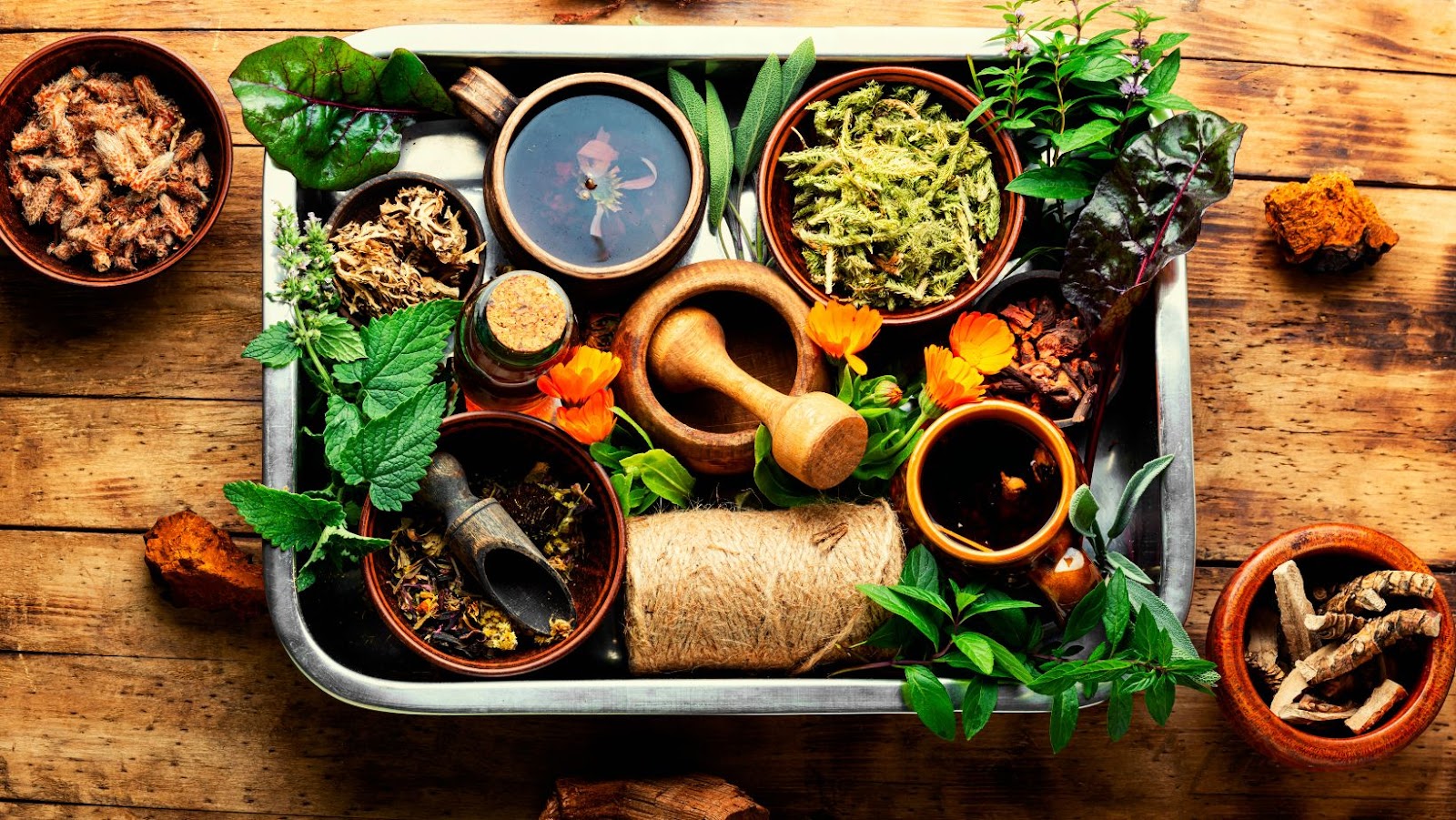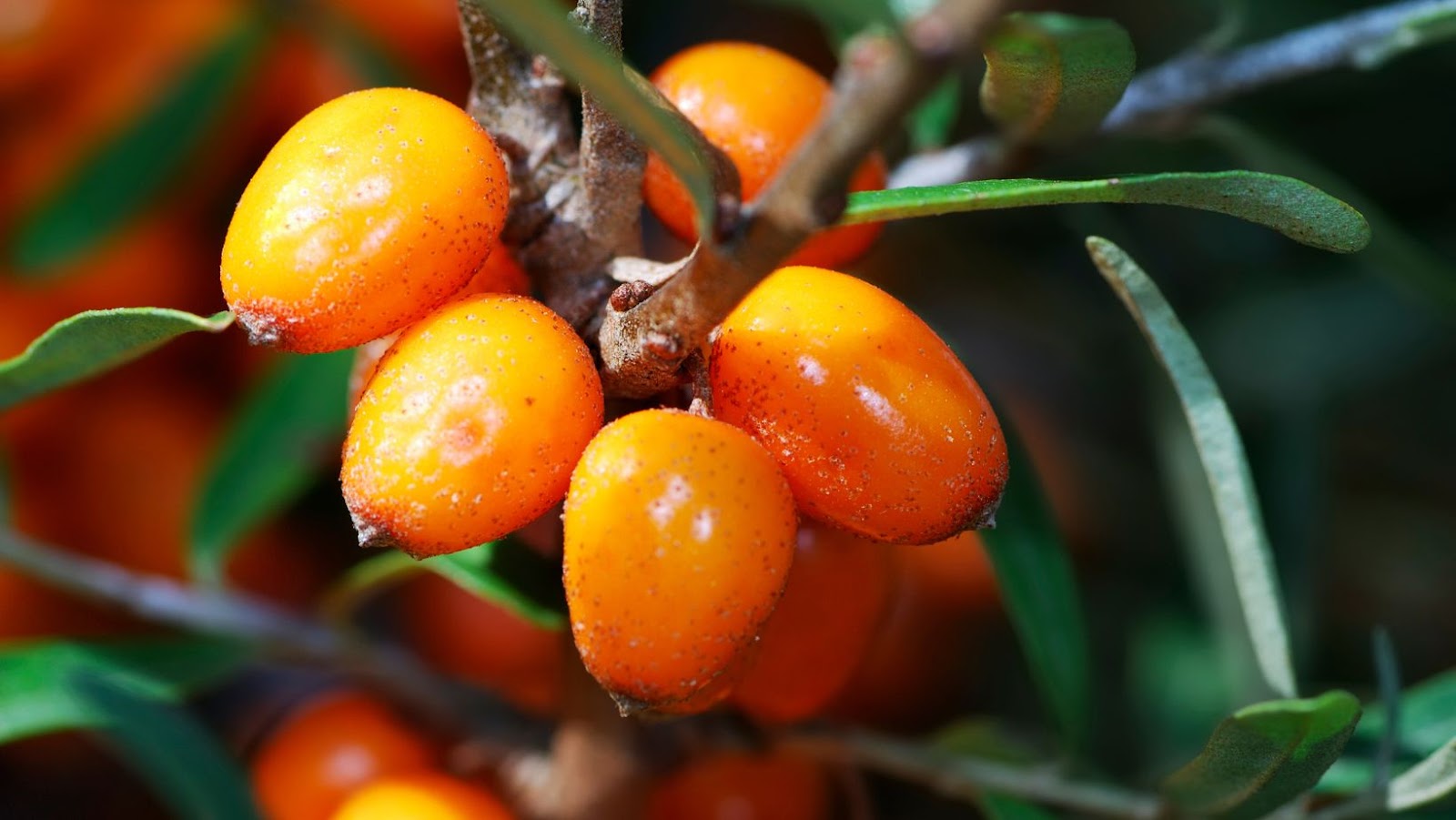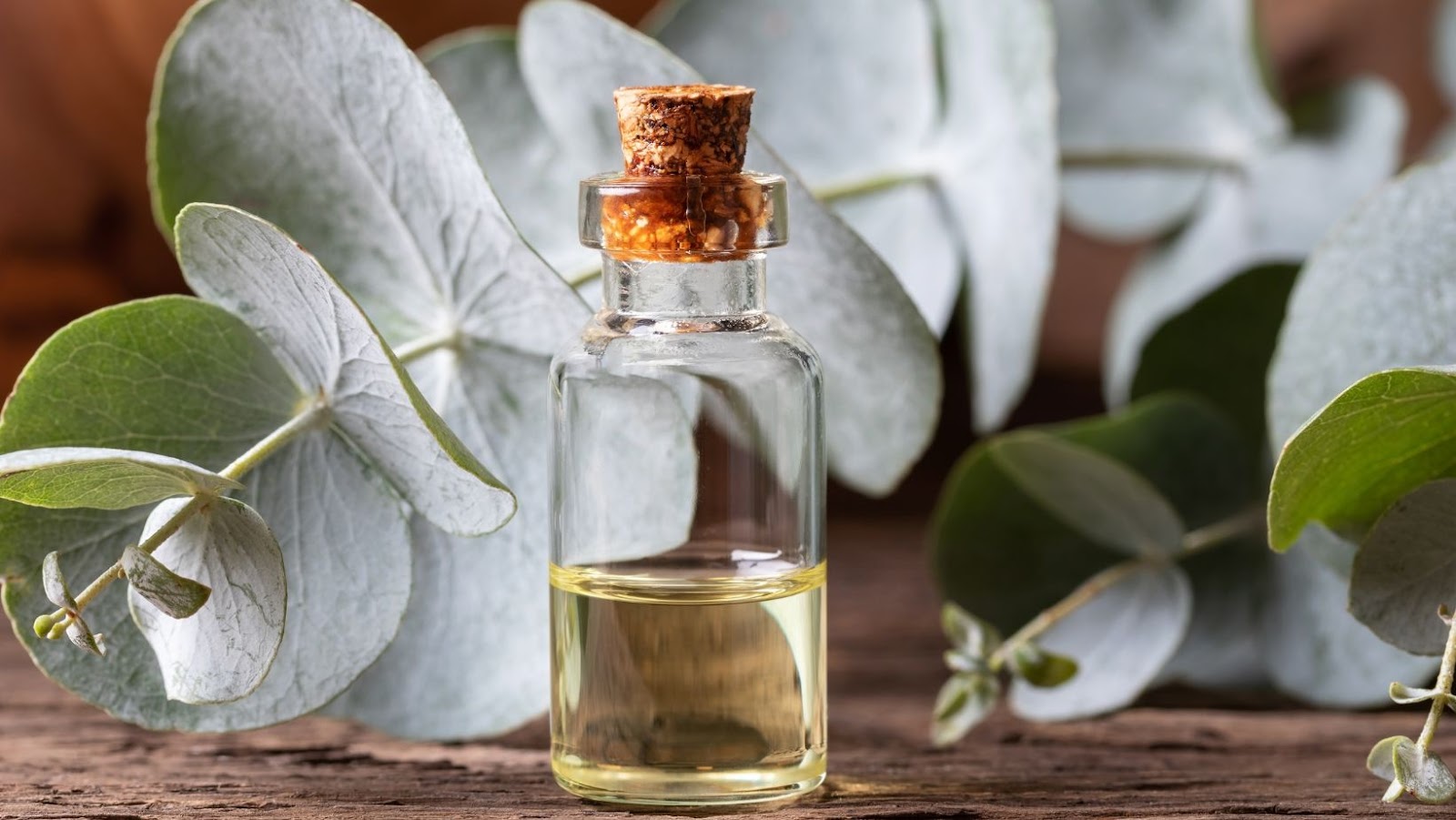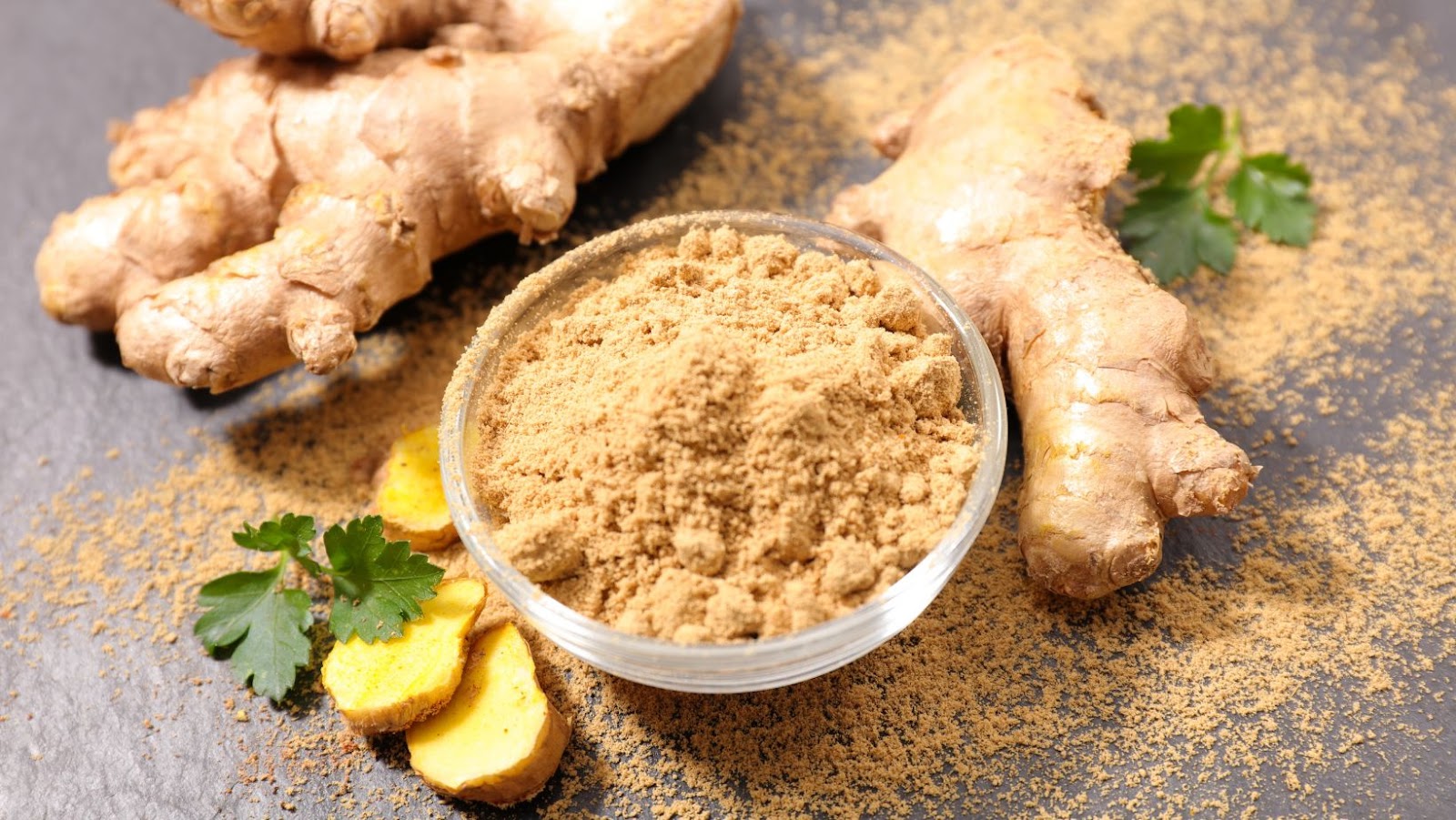
An injury disrupts the skin’s structure, referred to as a wound. Wound healing is a multistep tissue repair or remodeling process in response to injury. Many wounds have traditionally been treated and managed using plants and plant-based constituents. To answer, what is a plant which has antibiotic and wound healing properties? We compiled a list of plants below; read more about them.
Argan
Argan plant/oil has been used historically to treat skin infections. It can prevent the growth of bacteria and even kill off fungi. This makes it helpful in combating bacterial as well as fungal skin infections. At least twice a day, rub some argan oil into the sore spot. This plant also promotes faster healing of wounds. Indeed, antioxidants are a potent force. Due to its high levels of antioxidants and vitamin E, argan oil can hasten the recovery time of cuts and wounds. Taking argan oil supplements will provide this benefit all over the body.
Rosehip
Thanks to their high bioactive compound content, rose species pseudo-fruits have been used for food and medicine. They have potent antioxidant and antimicrobial properties. Their antioxidant activity originates from the polyphenols, vitamins C, E, and B, and carotenoids found in them, and these compounds may have complementary effects. In addition to their anticancer, antidiabetic, and anti-inflammatory properties, rose hips also have anti-inflammatory properties.
Sea Buckthorn
Studies have shown that sea buckthorn extracts can inhibit the growth of various bacteria, including Escherichia coli, Klebsiella pneumonia, Bacillus subtilis, and Streptococcus pneumonia.

Phospholipids and glycolipids are complex lipids found in sea buckthorn oil. Those have been shown to have moisturizing effects on the skin and to make the epidermis more pliable, increase skin elasticity, decrease skin inflammation, and speed up the skin’s ability to regenerate and replace its cells.
Gotu Kola
Gotu kola has beneficial properties for skin health due to its anti-inflammatory, antimicrobial, antibacterial, insecticidal, and antifungal properties. Gotu kola promotes the regeneration of connective tissue, speeds up the healing of wounds, and reduces the size of scars. Due to these qualities, topical application can aid in the recovery from minor injuries, burns, skin problems, stretch marks, scars, cellulite, and psoriasis.
Chamomile
Chamomile, or Chamomilla Recutita, is a member of the Asteraceae family. Substances like chamazulene and flavonoids are present, all of which have therapeutic effects. It also has anti-inflammatory properties, which make it helpful in treating infected wounds. A reduction in the inflammatory phase and an increase in the proliferative phase have been linked to the topical administration of Chamomilla Recutita. To speed up the healing process, experts recommend trying Chamomilla instead of nitrofurazone ointment.
Eucalyptus
Dinkum oil, or eucalyptus oil, comes from the Myrtaceae family tree, including the tea tree and melaleuca. Cineole, also known as eucalyptol, is one of the compounds found in eucalyptus.

It contains pinene, camphene, phellandrene, citronellal, geranyl acetate, and geraniol. Common uses for these compounds include treating minor burns, blisters, herpes, cuts, wounds, skin problems, and insect bites.
Aloe Vera
Africa is home to the aloe vera plant, also popularly known as the lily of the desert or the plant of immortality. Healing time for wounds can be significantly reduced by using Aloe vera extract, thanks to its anti-inflammatory and pro-granulation properties. Minor burns can be helped by applying Aloe vera gel topically, and doing so is safe because hypersensitive reactions to the gel are uncommon. Also, the anti-inflammatory properties of aloe vera extract aid in the healing of wounds. Because tannic acid and a specific type of polysaccharide found in Aloe vera extract promote faster wound recovery when applied to wounds. Aloe vera extract has been shown to hasten to heal and improve scar quality by reducing inflammation and increasing mature granulation tissue.
Cinnamon
Historically, various medicinal preparations containing cinnamon have been used. Its aromatic bark is a necessary ingredient in many dishes. Wounds caused by diabetes or infection may benefit from its antioxidant, antiulcer, antibacterial, antidiabetic, and anti-inflammatory properties. Extraction of cinnamon in both alcoholic and aqueous forms has been shown to hasten wound recovery due to its anti-inflammatory and antioxidant properties.
Curcumin
Curcumin is a phenolic compound with numerous biological and therapeutic applications extracted from the Curcuma longa Linn plant. It also fights free radicals, inflammation, mutation, cancer, infection, and clotting. The anti-inflammatory, antioxidant, and antimicrobial properties of curcumin aid wound healing. Collagen deposition, tissue growth, granulation tissue formation, and vascular density are all boosted by curcumin. It was also effective against pathogenic organisms like methicillin-resistant Staphylococcus aureus (MRSA).
Ginger
You can alleviate digestive problems with the help of ginger, a flowering plant with knobby flowers. The ginger plant’s underground stem, known as the rhizome, is used for cooking and eating. Fresh ginger, ginger powder, ginger oil, and ginger juice are just a few ways to put this versatile root in your body.

You need only visit a health food store or juice bar to see ginger root featured prominently in multiple items, that is because ginger aids in digestion and prevents nausea, for starters (especially morning sickness). An additional advantage of ginger is its ability to ward off a cold. The gingerols and shaogals in ginger have been shown to have anti-inflammatory effects. These two benefits quickly alleviate a sore throat and eliminate the common cold-causing rhinovirus. In conclusion, eating more ginger is a great way to maintain good health.
Burdock
This common perennial weed goes by several names, such as Arctium lappa. People in North America, Europe, and Asia use Arctium lappa to treat sore throats and skin diseases such as boils, rashes, and acne. Studies identified its hepatoprotective, anticancer, anti-viral, anti-inflammatory, and antioxidant properties in a clinical experiment. Burdock has also been discovered to modulate cell adhesion and gene expression in canine dermal fibroblasts, impacting the Wnt/β-catenin signaling pathway, a critical wound curative regulator.
Conclusion
The majority of medicinal plants have effects via antioxidant and antibacterial properties. Gene expression is not the only mechanism by which medicinal herbs and active compounds exert their effects. Although you cannot determine the effectiveness of medicinal plants in promoting wound healing, they have enormous potential. An innovative method to speed up wound recovery is the application of active compounds. There was a marked decrease in inflammation after treatment with medicinal plants and active compounds. Never self-medicate with herbs; consult your doctor first, especially if you are already taking prescription drugs.























